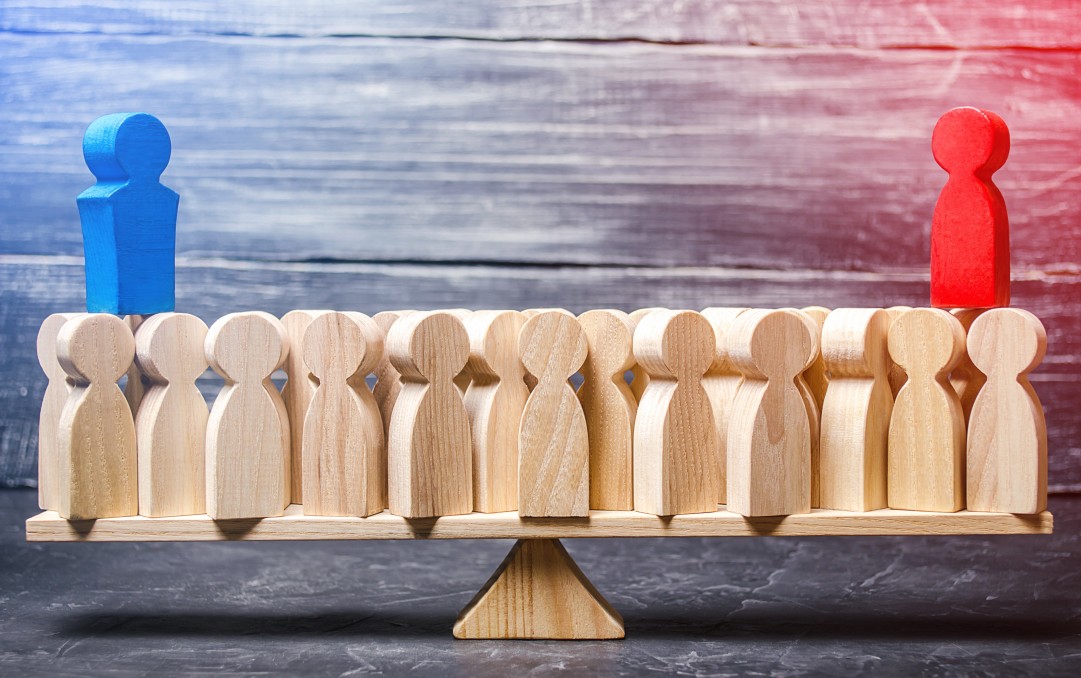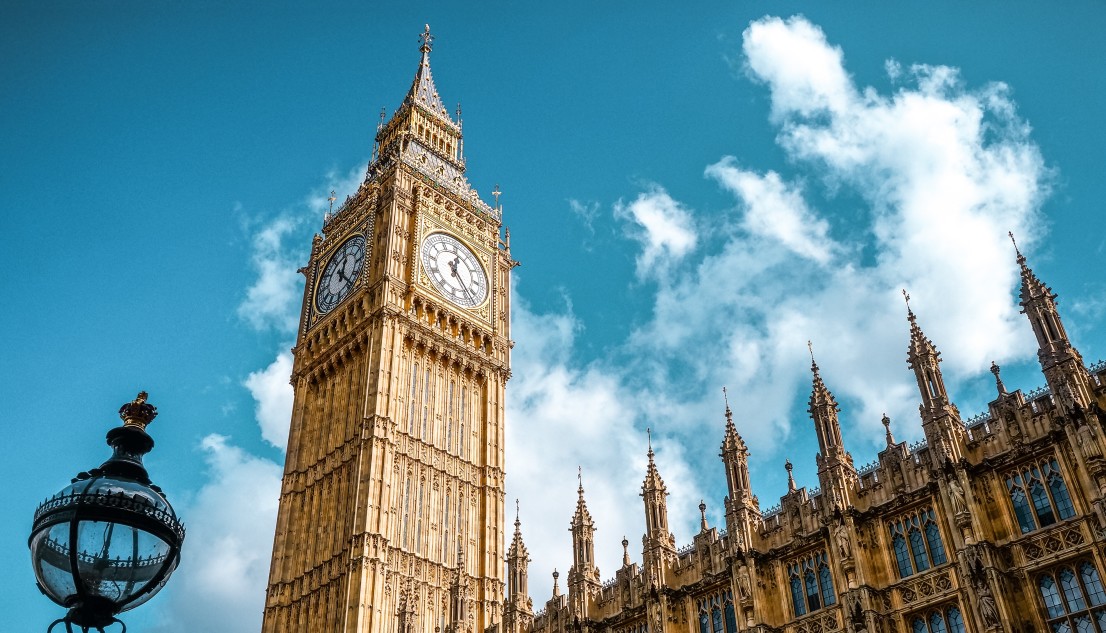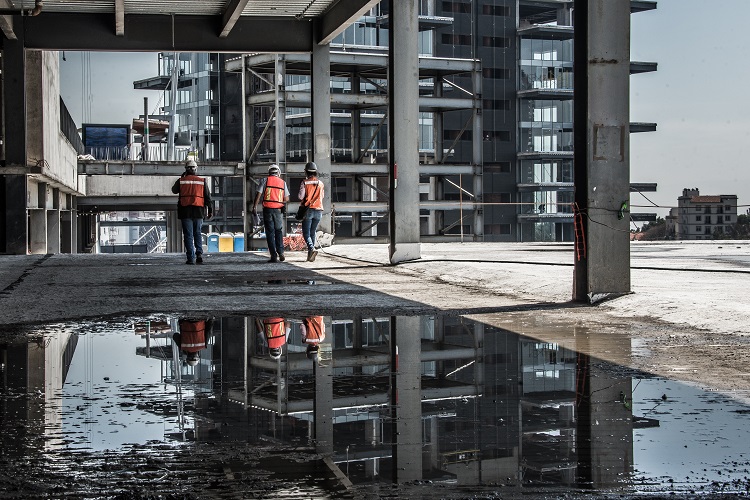It makes sense that if we are to talk about how to improve the economic conditions of America’s poor, we must understand two things at the outset: who are the poor, and what is their condition? No policy can be effective if the premises on which it is based are faulty. As it happens, those who demand and develop anti-poverty programs are often guided by exaggerated and sometimes deleterious assumptions.
The first problem in understanding poverty is defining it—even a complex consideration of factors will leave us with a relative and arbitrary measure. Do we base it on a certain level of income, health and education? Do we consider property as well? And how do we compare? If we are measuring against others in the community, or in other states, we might get a very different result than if we were to make global comparisons. “Poverty” is more conceptual than absolute. It just means very poor.
That said, let us assume the measure used by the federal government. Looking at the poverty line, we see that since Johnson’s Great Society programs were passed in 1965, the poverty rate has bumped steadily along between 12 and 15 percent. It is interesting to note how little this number has changed, despite a roughly 1300% increase in federal welfare spending over five decades (adjusted for inflation).
 One might imagine what life is like beneath the threshold. Most of us have known someone in this group; many of us have even been there ourselves. Americans have great compassion for those who struggle just to keep food on the table and gas in their vehicle. To many, poverty in a nation as rich as the U.S. just seems unreasonable and immoral.
How the other half tenth lives
Indeed, Americans are rich; so rich that a poor person in the U.S. is still very wealthy by global standards. In fact, they seem to be doing well even by American standards. A report published by The Heritage Foundation, titled “Understanding Poverty in the United States: Surprising Facts About America’s Poor,” revealed some interesting data:
One might imagine what life is like beneath the threshold. Most of us have known someone in this group; many of us have even been there ourselves. Americans have great compassion for those who struggle just to keep food on the table and gas in their vehicle. To many, poverty in a nation as rich as the U.S. just seems unreasonable and immoral.
How the other half tenth lives
Indeed, Americans are rich; so rich that a poor person in the U.S. is still very wealthy by global standards. In fact, they seem to be doing well even by American standards. A report published by The Heritage Foundation, titled “Understanding Poverty in the United States: Surprising Facts About America’s Poor,” revealed some interesting data:
 One might imagine what life is like beneath the threshold. Most of us have known someone in this group; many of us have even been there ourselves. Americans have great compassion for those who struggle just to keep food on the table and gas in their vehicle. To many, poverty in a nation as rich as the U.S. just seems unreasonable and immoral.
How the other half tenth lives
Indeed, Americans are rich; so rich that a poor person in the U.S. is still very wealthy by global standards. In fact, they seem to be doing well even by American standards. A report published by The Heritage Foundation, titled “Understanding Poverty in the United States: Surprising Facts About America’s Poor,” revealed some interesting data:
One might imagine what life is like beneath the threshold. Most of us have known someone in this group; many of us have even been there ourselves. Americans have great compassion for those who struggle just to keep food on the table and gas in their vehicle. To many, poverty in a nation as rich as the U.S. just seems unreasonable and immoral.
How the other half tenth lives
Indeed, Americans are rich; so rich that a poor person in the U.S. is still very wealthy by global standards. In fact, they seem to be doing well even by American standards. A report published by The Heritage Foundation, titled “Understanding Poverty in the United States: Surprising Facts About America’s Poor,” revealed some interesting data:
- Nearly two-thirds of poor households have cable or satellite TV, and one-third have a wide-screen plasma or LCD TV.
- One in seven have two or more computers, and more than half have a video game system.
- One-fourth have a digital video recorder system, such as a TiVo.
- Half live in separate single-family houses or townhouses, and 42 percent own their home.
- More than two-thirds have more than two rooms per person, and the average poor American has more living space than the typical non-poor person in Sweden, France or the UK.



